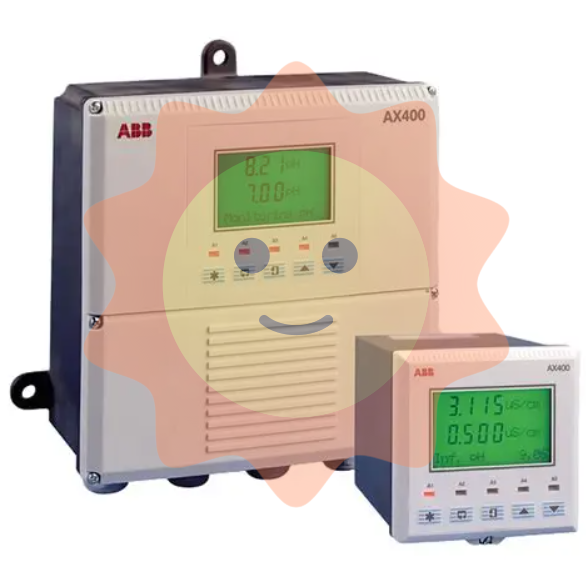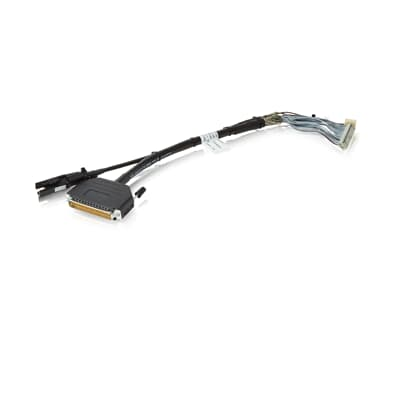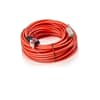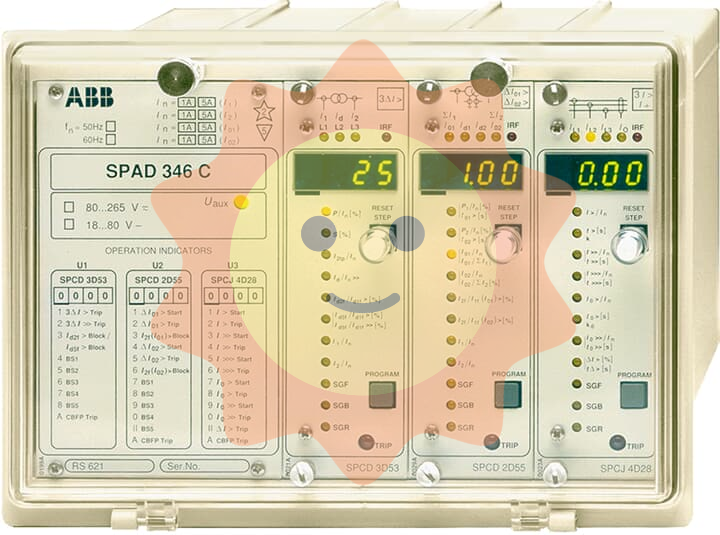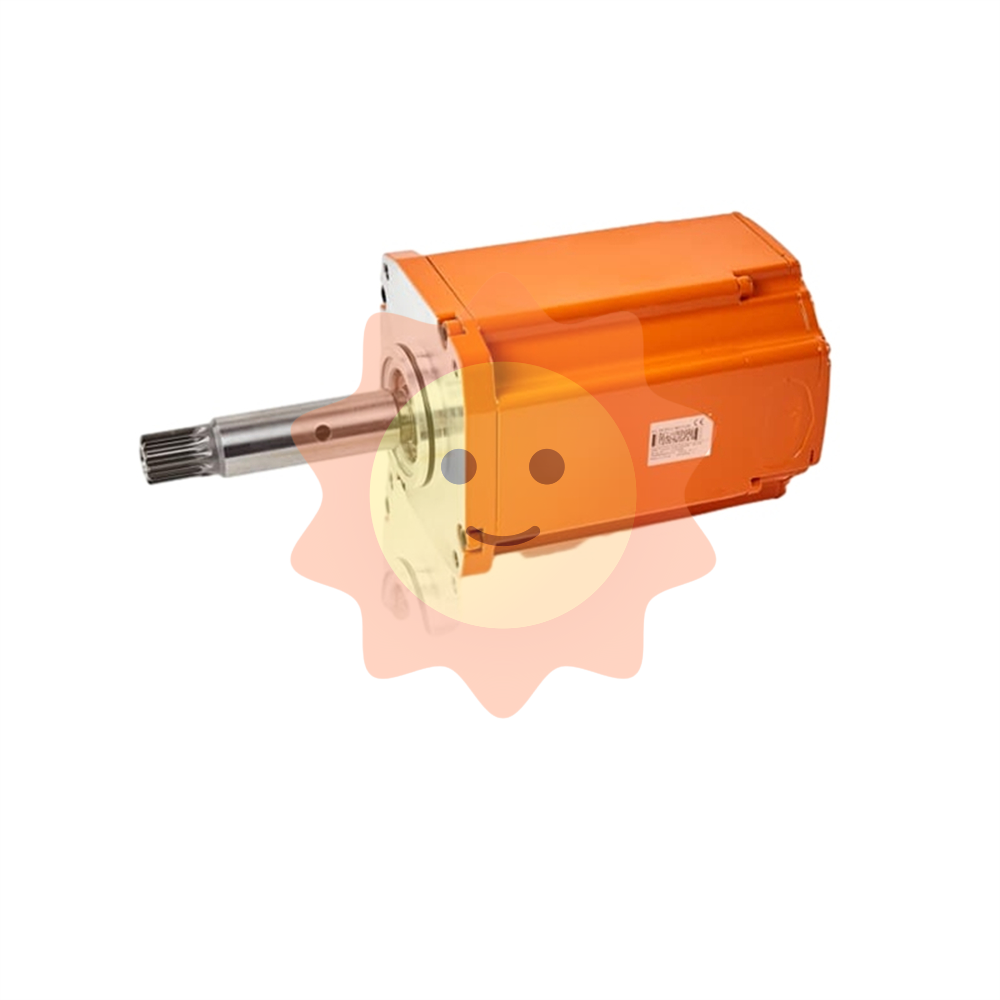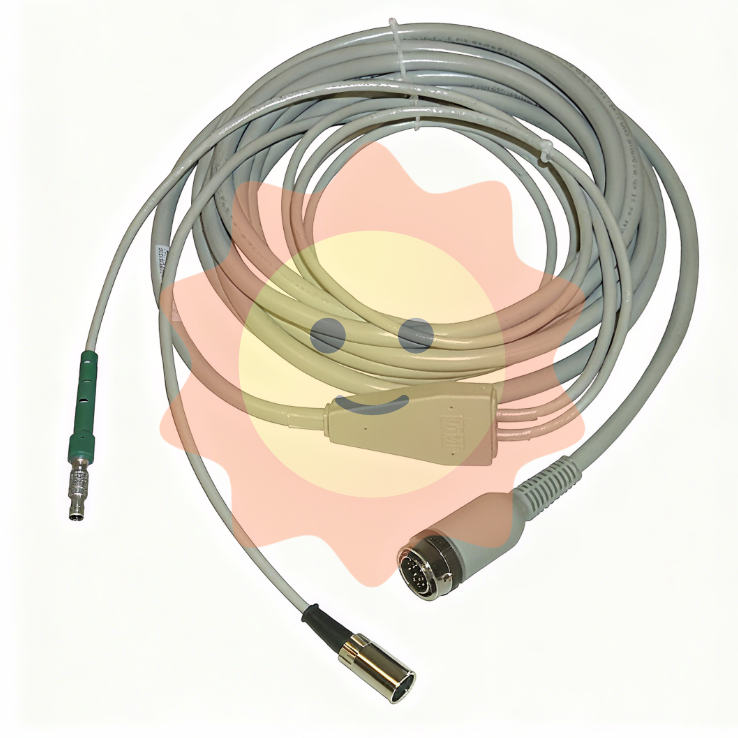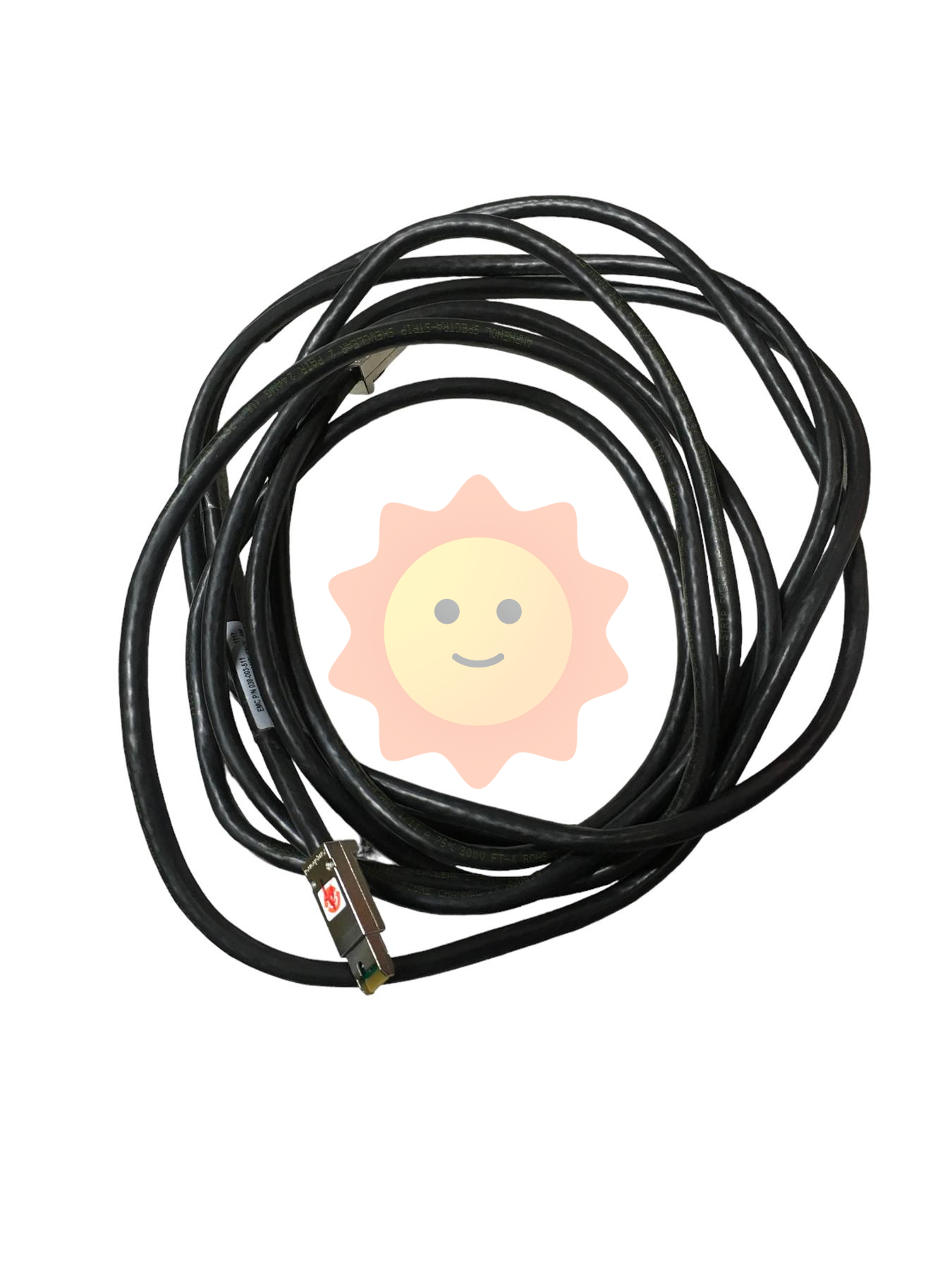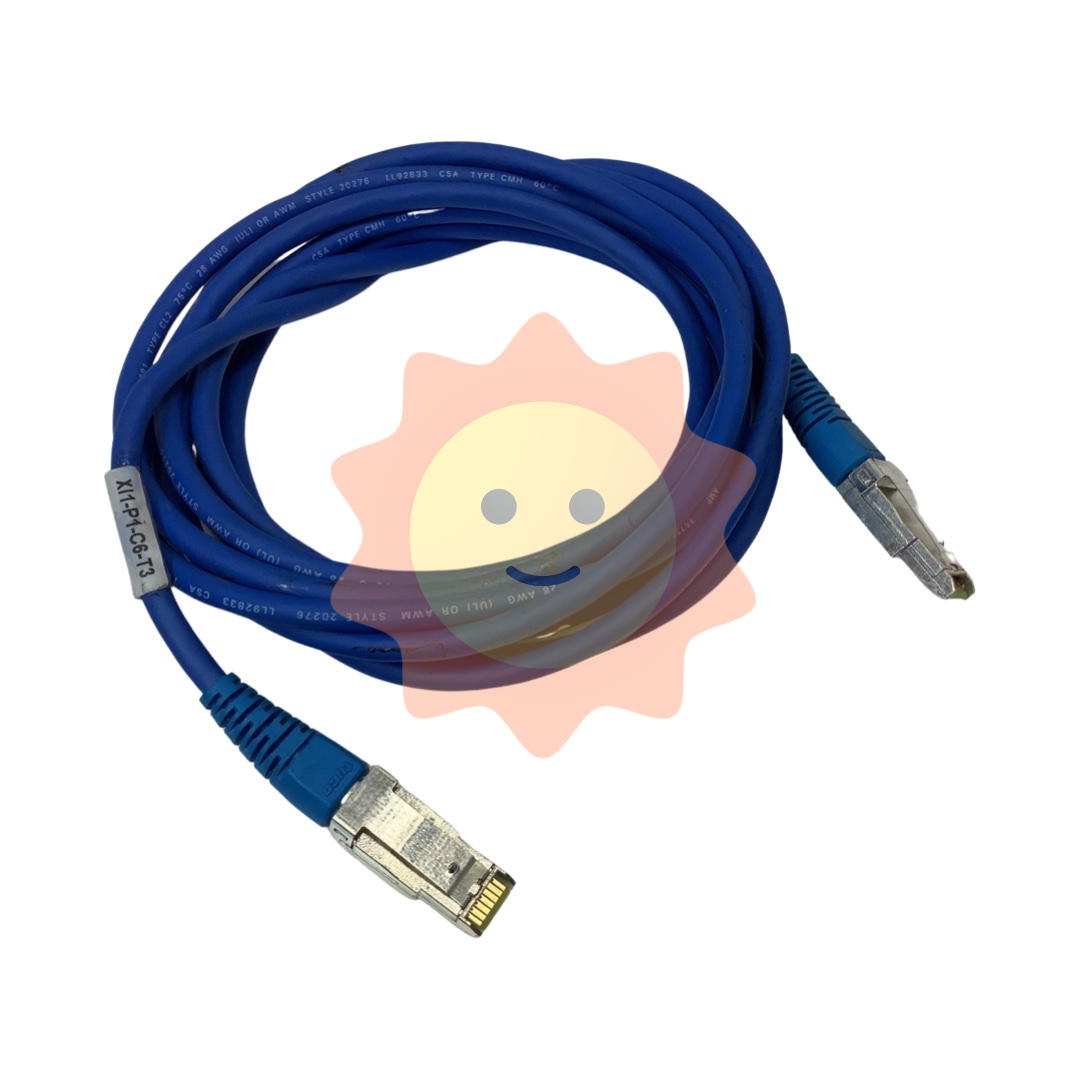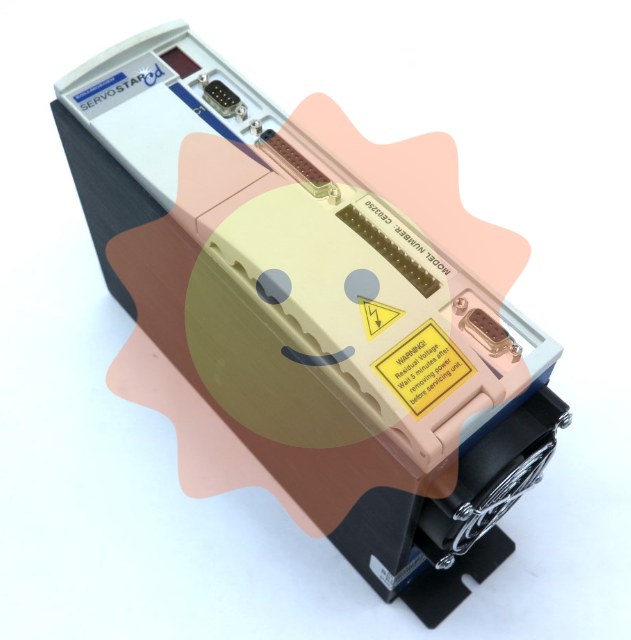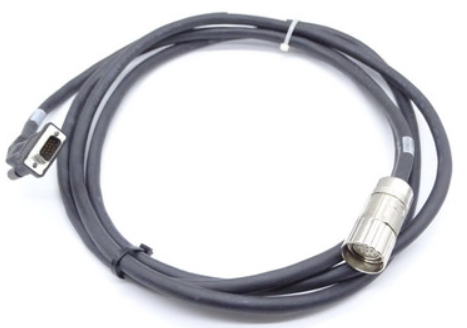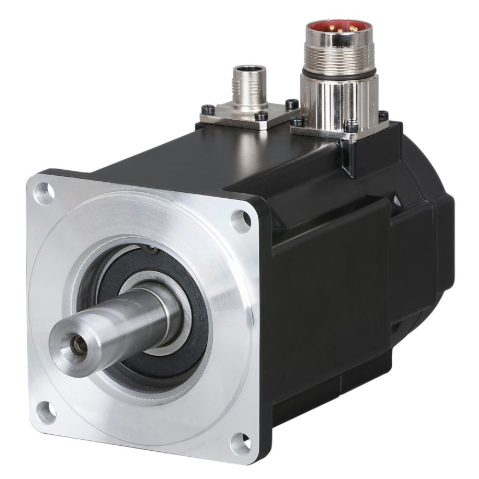Guidelines for Safety Assessment in onshore oil and gas Extraction
1. Subject content and scope of application
These Guidelines are formulated in accordance with the General Principles of Safety Evaluation, and stipulate the purposes, basic principles, contents, procedures and methods of safety pre-evaluation, safety acceptance evaluation and comprehensive safety status evaluation of onshore oil and gas mining industry (hereinafter referred to as onshore oil and gas mining safety evaluation), and are applicable to the safety evaluation of onshore oil and gas mining industry.
2. Purpose and basic principles of safety assessment
The purpose of the onshore oil and gas exploitation safety evaluation is to implement the "safety first, prevention first" policy, improve the intrinsic safety degree and safety management level of onshore oil and gas exploitation, reduce and control the dangerous and harmful factors in onshore oil and gas exploitation, reduce the safety risks of onshore oil and gas exploitation, prevent accidents, and protect the property safety of enterprises and the health and life safety of personnel.
The basic principle of safety evaluation for onshore oil and gas exploitation is that safety evaluation institutions with national qualifications should carry out safety evaluation scientifically, fairly, legally and independently.
3. definition
3.1 Onshore oil and gas extraction industry
Onshore oil and gas extraction industry is a general term for all process units of onshore oil and gas extraction, including exploration, drilling, underground operations and oil recovery, gas production and oil and gas gathering and transportation.
3.2 Safety pre-evaluation of onshore oil and gas extraction industry
The safety pre-assessment of onshore oil and gas mining industry is based on the content of "surface engineering construction plan" of oil and gas fields, through qualitative and quantitative analysis, analysis and prediction of the main dangers and harmful factors that may exist in the construction project and their danger and harm degree, and put forward reasonable and feasible safety countermeasures and suggestions to guide the engineering design, construction and operation management.
3.3 Safety acceptance evaluation of onshore oil and gas mining industry
The safety acceptance evaluation of onshore oil and gas mining industry refers to the investigation and analysis of the safety status and management status of facilities, equipment and devices of onshore oil and gas mining construction projects after the completion of oil and gas mining construction projects and the normal operation of trial production, and before the acceptance of safety production facilities, to find out the dangers and harmful factors that exist after the project is put into operation and determine its risk degree. Put forward reasonable and feasible safety countermeasures and suggestions.

3.4 Comprehensive evaluation of the safety status of onshore oil and gas extraction industry
The comprehensive evaluation of the safety status of onshore oil and gas mining industry refers to the qualitative and quantitative analysis of the dangers and harmful factors existing in the production process of onshore oil and gas mining and production through the investigation and analysis of the safety status and management status of its facilities, equipment and devices, the determination of their risk degree, and the objective evaluation of their safety management status. Put forward reasonable and feasible safety countermeasures and suggestions to existing problems, and give guidance to operation management and measures to be taken in case of extraordinary events.
4. Safety evaluation content
The content of safety evaluation of onshore oil and gas exploitation generally includes: risk evaluation of major risks and harmful factors of oil and gas exploitation; Verify and inspect whether the safety equipment and facilities of oil and gas exploitation meet the requirements of safety production laws, regulations and technical standards; To evaluate whether oil and gas exploitation safety management system can ensure oil and gas exploitation safety production; Put forward reasonable and feasible safety countermeasures and suggestions.
5. Safety assessment procedure
The safety evaluation procedure of onshore oil and gas exploitation generally includes: preliminary preparation; Identification and analysis of dangerous and harmful factors; Divide evaluation units; Qualitative and quantitative evaluation; Put forward safety countermeasures and suggestions; Make safety evaluation conclusions; Preparing safety assessment reports; Safety evaluation report review, etc.
5.1 Preliminary Preparations
Clarify the object and scope of evaluation, collect domestic and foreign relevant laws and regulations, technical standards and oil and gas exploitation data related to evaluation objects.
Collect field data and conduct field investigation.
The information required by the construction unit for safety pre-evaluation of onshore oil and gas mining industry is listed in Appendix A for reference.
The safety acceptance evaluation of onshore oil and gas exploitation industry and the comprehensive evaluation of onshore oil and gas exploitation industry safety status need to be provided by the evaluated units for reference list in Appendix B.
5.2 Identification and analysis of dangerous and harmful factors
According to the process of oil and gas exploitation and the characteristics of local natural environment and surrounding environment, the dangerous and harmful factors in the production process are identified and analyzed.
5.3 Divide evaluation units
On the basis of identification and analysis of dangerous and harmful factors, according to the needs of evaluation, the evaluation objects are divided into evaluation units according to the function of oil and gas production process, the relative spatial location of production facilities and equipment, the category of dangerous and harmful factors and the scope of accidents, so that the evaluation units are relatively independent and have obvious characteristic boundaries.
5.4 Qualitative and quantitative evaluation
Scientific, reasonable and applicable qualitative and quantitative evaluation methods are selected to make qualitative and quantitative evaluation of the dangerous and harmful factors that may lead to major oil and gas mining accidents, determine the cause factors, influencing factors and accident severity, and provide a scientific basis for the development of safety countermeasures.

5.5 Put forward security countermeasures and suggestions
1) Safety technical countermeasures
2) Security management measures
5.6 Safety evaluation conclusion
On the basis of the analysis, induction and synthesis of the evaluation results, the safety evaluation conclusion is made.
1) Summarize and synthesize the evaluation results of each part
2) Conclusion of overall evaluation of oil and gas exploitation safety
5.7 Preparing safety assessment reports
The safety evaluation report of onshore oil and gas exploitation industry is a summary of the process and results of the oil and gas exploitation safety evaluation. It should include the general situation of the evaluation object, the safety evaluation process, the safety evaluation method adopted, the safety evaluation results obtained, and the safety countermeasures and suggestions.
5.7 Review of safety evaluation report
The evaluated unit shall send the safety evaluation report to the expert review group for technical review according to the regulations, and the expert review group shall put forward written review opinions. The evaluation agency shall revise and improve the safety evaluation report according to the opinions of the expert review group.
6. Content and requirements of safety evaluation report
6.1 Contents of the safety evaluation report
1) Basic information of the evaluation object
2) Basis for safety evaluation
3) Identification and analysis of oil and gas development process and main dangers and harmful factors
4) Division of evaluation units and selection of evaluation methods
5) Qualitative and quantitative evaluation
6) Safety countermeasures and suggestions
7) Evaluation conclusion
6.2 Requirements for safety assessment report

Safety evaluation report should be comprehensive, clear, complete data, accurate conclusions, put forward concrete and feasible countermeasures, evaluation conclusions objective and fair.
Seven. Safety evaluation report format
Safety assessment reports generally include:
1) Cover (see Appendix C for format)
2) Photocopy of the safety evaluation qualification certificate of the evaluation agency
3) Description items (see Appendix D for format)
4) Catalog
5) Prepare notes
6) Preface
7) Text
8) Accessories
9) Appendix
8. Safety evaluation report carrier
The safety evaluation report is generally carried by paper carrier. In order to meet the needs of information processing, the safety assessment report can be assisted in the form of electronic carrier.
- EMERSON
- Honeywell
- CTI
- Rolls-Royce
- General Electric
- Woodward
- Yaskawa
- xYCOM
- Motorola
- Siemens
- Rockwell
- ABB
- B&R
- HIMA
- Construction site
- electricity
- Automobile market
- PLC
- DCS
- Motor drivers
- VSD
- Implications
- cement
- CO2
- CEM
- methane
- Artificial intelligence
- Titanic
- Solar energy
- Hydrogen fuel cell
- Hydrogen and fuel cells
- Hydrogen and oxygen fuel cells
- tyre
- Chemical fiber
- dynamo
- corpuscle
- Pulp and paper
- printing
- fossil
- FANUC
- Food and beverage
- Life science
- Sewage treatment
- Personal care
- electricity
- boats
- infrastructure
- Automobile industry
- metallurgy
- Nuclear power generation
- Geothermal power generation
- Water and wastewater
- Infrastructure construction
- Mine hazard
- steel
- papermaking
- Natural gas industry
- Infrastructure construction
- Power and energy
- Rubber and plastic
- Renewable energy
- pharmacy
- mining
- Plastic industry
- Schneider
- Kongsberg
- NI
- Wind energy
- International petroleum
- International new energy network
- gas
- WATLOW
- ProSoft
- SEW
- wind
- ADVANCED
- Reliance
- YOKOGAWA
- TRICONEX
- FOXBORO
- METSO
- MAN
- Advantest
- ADVANCED
- ALSTOM
- Control Wave
- AB
- AMAT
- STUDER
- KONGSBERG
- MOTOROLA
- DANAHER MOTION
- Bently
- Galil
- EATON
- MOLEX
- Triconex
- DEIF
- B&W
- ZYGO
- Aerotech
- DANFOSS
- KOLLMORGEN
- Beijer
- Endress+Hauser
- MOOG
- KB
- Moxa
- Rexroth


Email:wang@kongjiangauto.com





